SIGHTS AND SYMBOLS OF HONG KONG
“ The sage does not hoard. Having bestowed all he has on others, he has more; having given all he has to others, he is richer.”
—Lao-Tzu, 604 BC to 531 BC
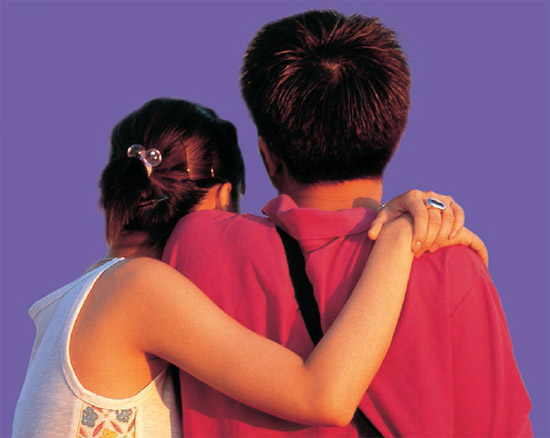

Imagine all the great cities of the world lined up for a beauty pageant. Who might make it to the final round? Paris is elegant because she is beautifully adorned; in contrast, San Francisco is less embellished, but has naturally dramatic looks. Hong Kong would be a strong contender on both grounds: for it has two architects, nature and man, both of whom have done spectacular work.
Looking at eye-catching cities around the world, one notices that Mother Nature tends to go one of two ways: she either gives places wonderful beaches or beautiful mountains. To lucky Hong Kong, she gave both, plus a network of more than 200 green islands surrounded by blue water, not to mention huge forests, lakes, rivers as well as waterfalls. All these natural wonders are archetypal markers of environmental beauty, imprinted in the deepest parts of our species’ communal memory. With such a generous supply of natural advantages, this settlement could hardly be other than gorgeous.

Hong Kong Disneyland opened its doors in 2005—and the visitors flooded in. The 126-ha (310 acre) resort includes a theme park with four “lands” and two themed hotels.
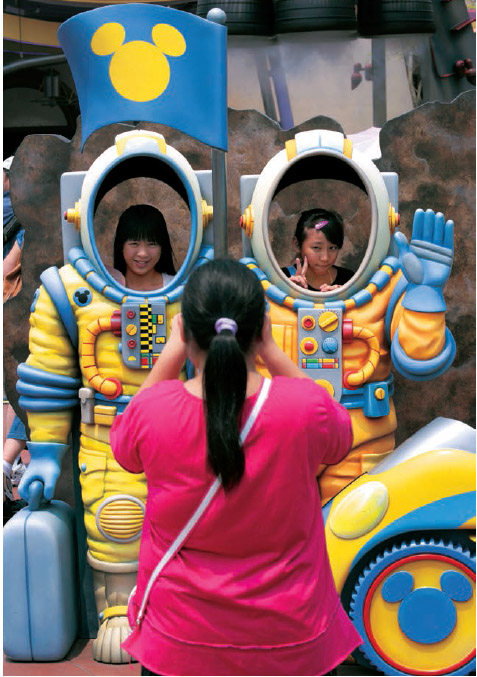
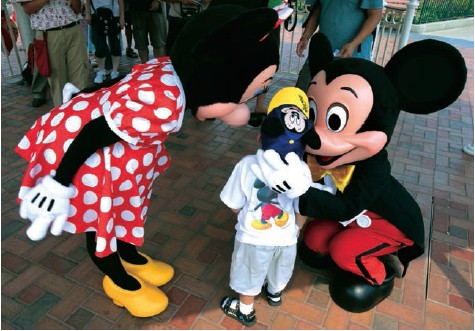
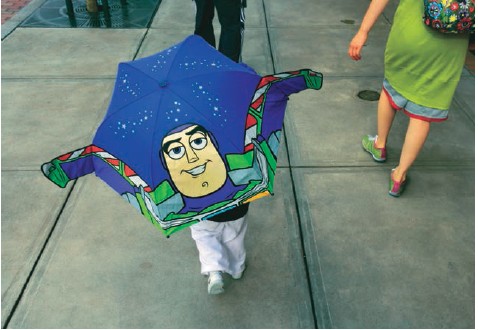
Disneyland has always been a place for the young—and the young at heart; Mickey and Minnie Mouse meet up with a young fan; Nothing like a Buzz Lightyear umbrella to shelter you from the rain and sun.

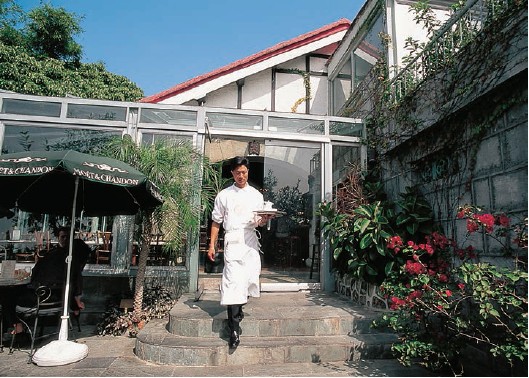
In Hong Kong, geographical positioning used to match social position, with peak earners on the Peak, the middle class in Mid-Levels and lower earners on the lowlands.
Hong Kong’s second senior architect was less consistent, but overall has had a number of successes. For a start, humanity somehow managed to restrain itself, limiting urbanisation to some 40 percent of the city, and leaving 60 percent to Mother Nature’s sole care. Yet the relatively cramped nature of the place, just 1,000 square kilometres (385 square miles) for some seven million people means that we have had to build large pieces of infrastructure: not just towns and satellite cities, but bridges, roads, walkways, parks, reservoirs and gardens. While there are plenty of examples of indifferent architecture in Hong Kong, we are fortunate enough to have many which do work.
It is particularly satisfying when nature and nurture work together. Consider a visit to the Peak: the whole experience shows man and the environment working in tandem. You get into the tram not far above sea level and lean back in your chair as if you are about to get a double root-canal. And then you zoom up the mountain, soaring on technology which is more than 100 years old. Arriving on the Peak, you find walkways carved around the tops of the mountains, and a circular walk that takes you on a cloud-level tour of all the compass points of Hong Kong island.
Another example of Mother Nature and human engineers working together is the escalator at Ocean Park—quite literally a moving staircase that takes you all the way up (or down) a mountain. When Hong Kong Disneyland was opened in Lantau bay in 2005, there were fears that Ocean Park, Hong Kong’s former top theme park attraction would suffer. But in fact, results have been positive: both attractions are pulling in visitors, and tourists typically put the pair of them on their agendas. The theme parks in Hong Kong have the high standards of their international equivalents, yet at the same time, there are uniquely Chinese flourishes to the environments, the food and the experience, that add a touch of eastern magic to your visit.
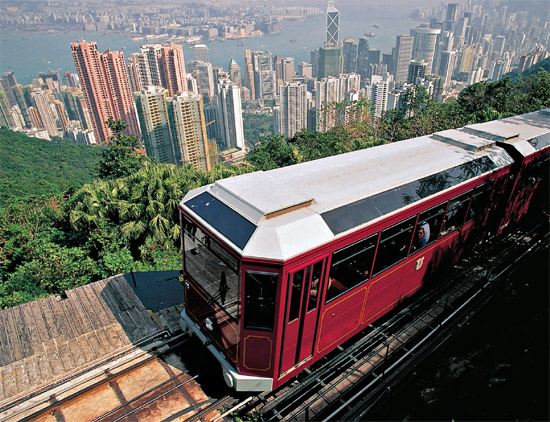
Today the Peak Tram takes people of all classes up to enjoy the cooler air and amazing views.
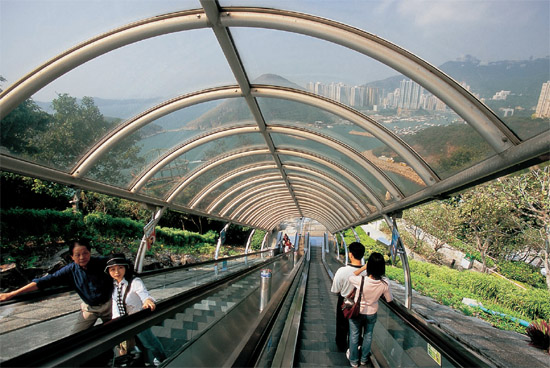
At Ocean Park, you can climb a mountain the easy way: by escalator.
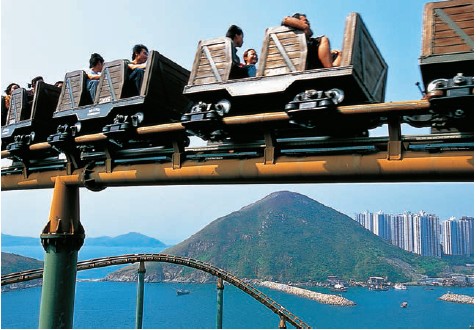
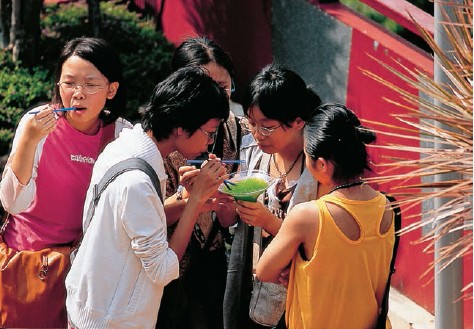
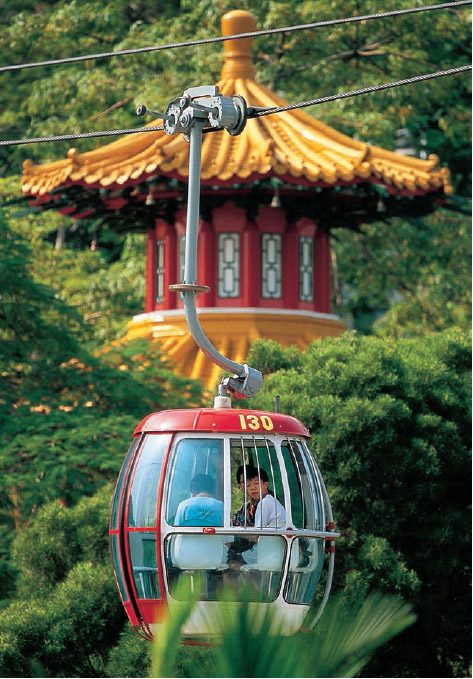
Built on a promontory, the theme parks’ natural topography adds spice to rollercoaster rides; A futuristic cable car saunters past a pagoda built to an ancient design; Comfort food is part of the theme park experience.
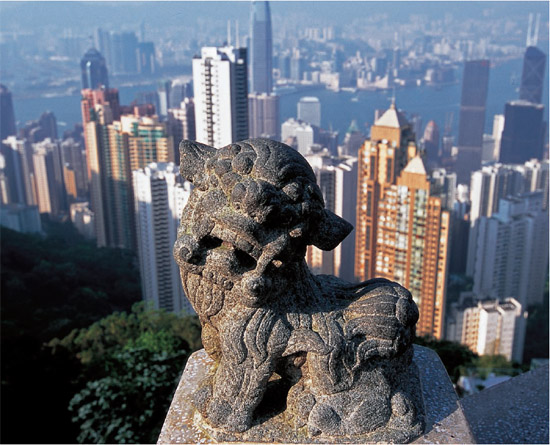
The 552-metre (1,811-foot) Victoria Peak offers spectacular views of Hong Kong, as this lion statue will attest to.
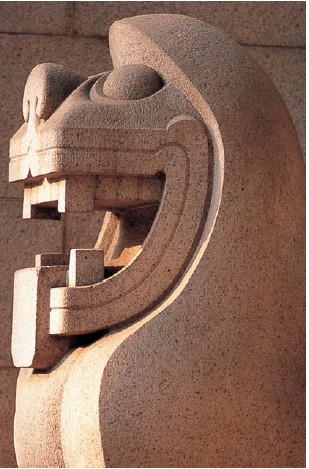
“I’m a classic door-guard lion and I think I have a bit of dragon blood in me.”

“I’m a modern door-guard lion with minimalist lines and a goofy look.”

“I’m a Western-style door-guard lion and I’ve made it big—I’m on a banknote.”
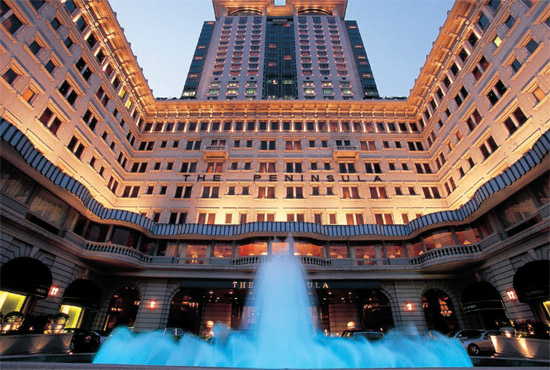
It may be one of Hong Kong’s oldest hotels, but The Peninsula is cooler than ever
And perhaps this chapter, and the marvelous images it contains, is the place where we should try and put our finger on where the magic of Hong Kong really lies. Of course, no two people will have the same answer to this question, but I would proffer the following scenario: Hong Kong offers more dramatic pairs of opposing extremes than any other city on the planet.
It is very Eastern, with its ornate temples, oriental gardens, and carved lion and dragon door-guards; yet at the same time it is very Western, with its shopping malls, theme parks and numerous fast food restaurants.
It is supremely capitalistic, with its financial markets and dark-suited bankers; yet at the same time, it is part of the last remaining major enclave of communist thought.
It is very modern, with its glittering skyscrapers and futuristic infrastructure; yet at the same time, it is very ancient, with its feng shui, its astrologers and its thousand-Buddha temples.
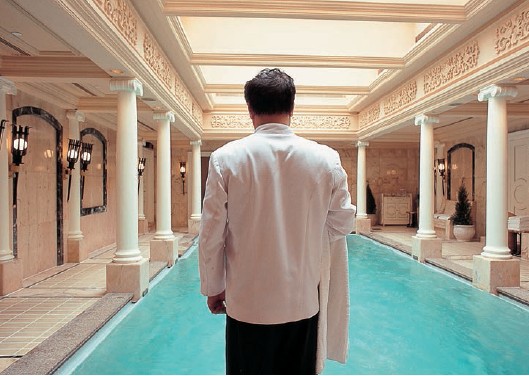
A swimming pool fit for a Roman emperor or a Chinese businessman, whoever is richer

The Peninsula is renowned for its fleet of Rolls-Royces that pick up guests in luxurious style.
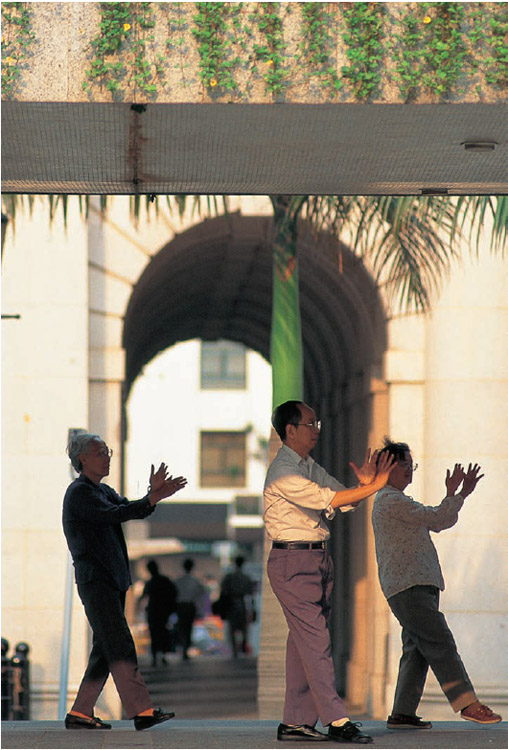
Get up early and you find older people doing Tai Chi—while the younger ones do aerobics.
It is very tiny, with its passionate self-belief as an independent society; yet at the same time, it is part of the biggest unified community on earth, making up almost a fifth of the world’s population.
I could go on ad infinitum: Hong Kong is very international, yet very Chinese; it is very outward-looking, yet very parochial; it is tacky yet stylish; it is proud yet insecure; it is uncreative yet innovative; it is one of the most densely packed cities on earth, yet it is largely rural; and so on.
But what can I say? It is unique. It is Hong Kong. It is home. This marvelous book is a fine way to capture a piece of the magic of a unique city. The drama, the charm, and the beauty of Hong Kong is all here—just as is its breathless energy.
As I said at the start of this volume, it’s no use stopping to smell the roses, which are made of silk. But you could however, stop and smell the coffee.
It may not be like any coffee you have encountered before, since it may be yuan ying, a uniquely Hong Kong drink made of coffee, tea, milk and sugar. It’s a rich, sweet, heady brew, just like the city which spawned it.

Classical Chinese gardens, such as this one along Hollywood Road, are tucked into many corners, providing oases for office workers seeking a moment’s respite from the rat race.

The monks on Lantau island found a truly isolated spot to build Po Lin Monastery—but then civilisation and the tourist industry caught up.
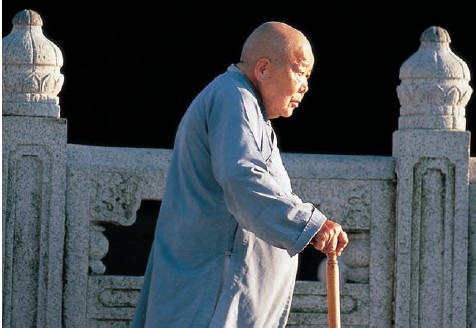
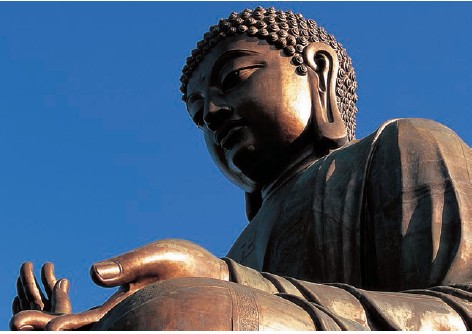
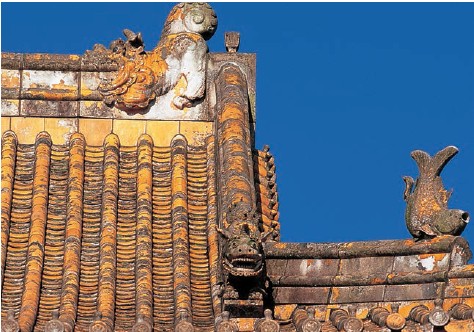
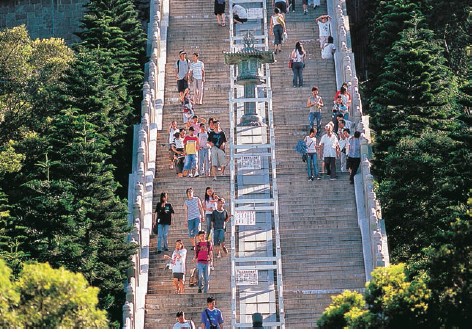
A venerable monk at Po Lin Monastery;The world’s largest seated Buddha statue (it looks amazing from an aircraft window);The stairs that pilgrims and visitors have to climb; A close-up of one of the monastery’s ornate roofs.